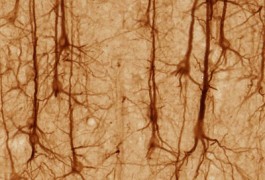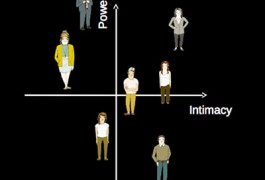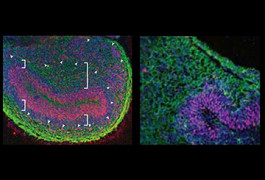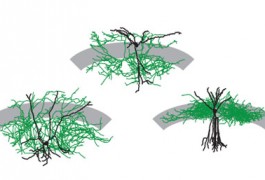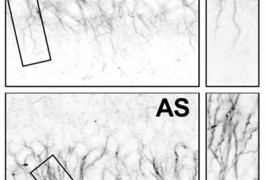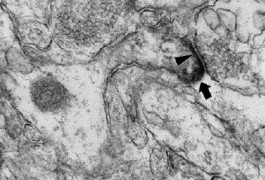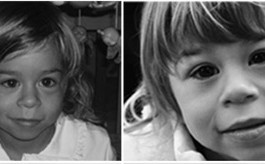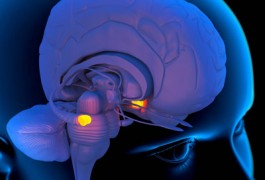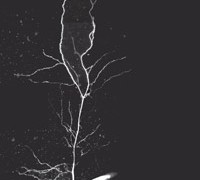Brain findings in autism leave researchers scratching heads
Three decades of research on anatomical changes in the brains of individuals with autism has yielded few if any consistent patterns. The field needs an overhaul of the methods used, researchers said at a symposium Wednesday at the 2013 Society for Neuroscience annual meeting in San Diego.
